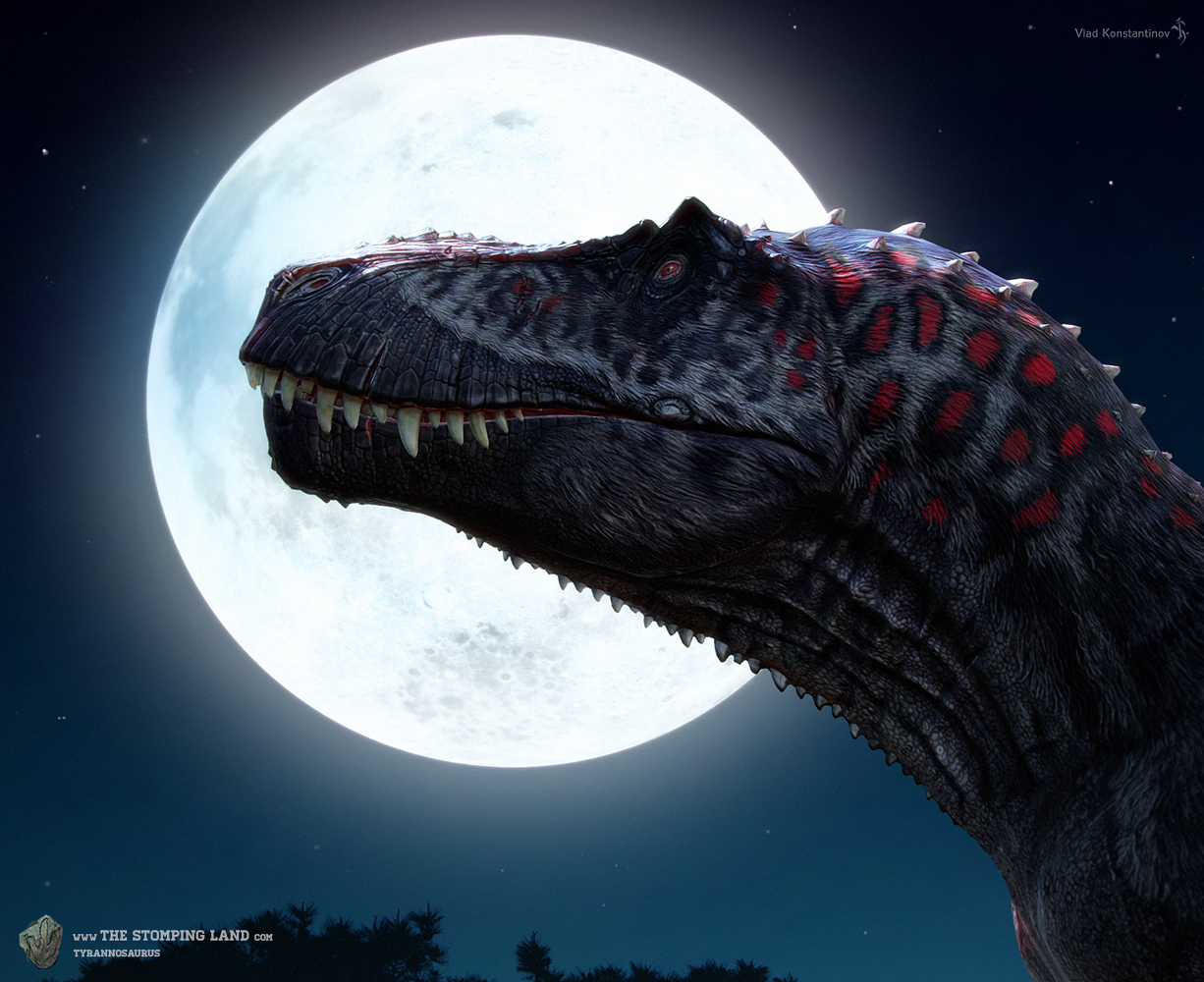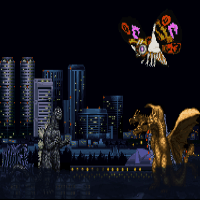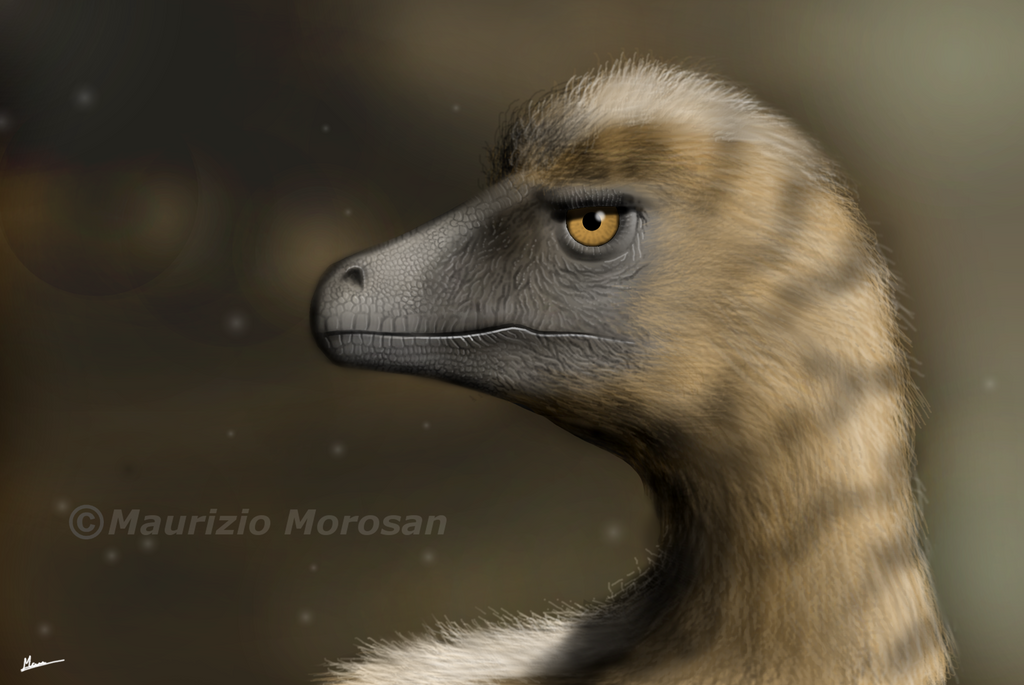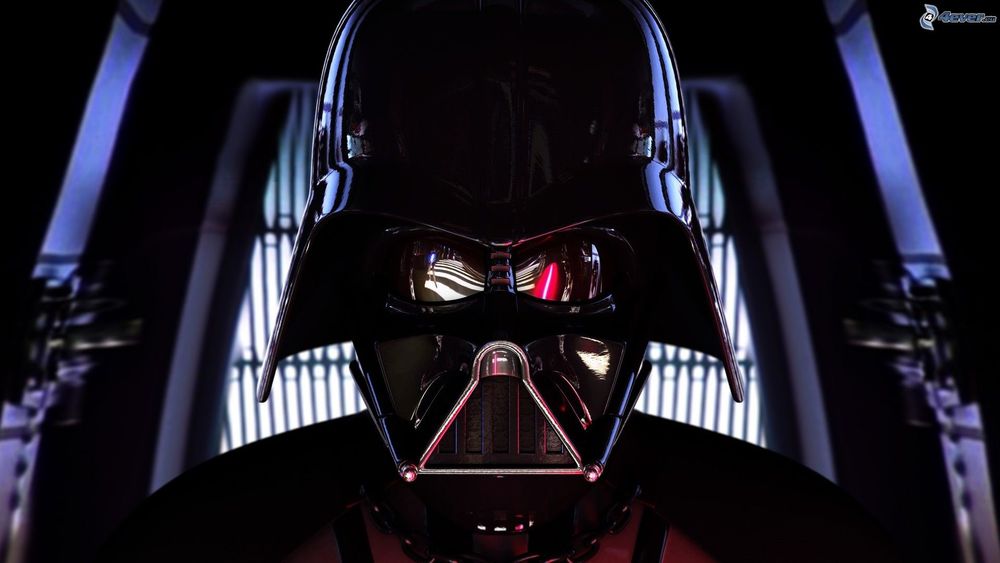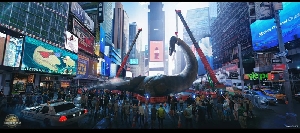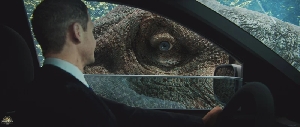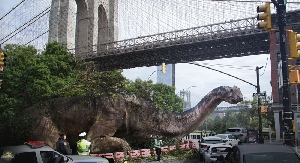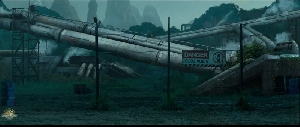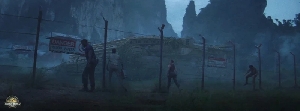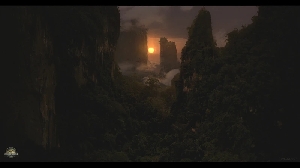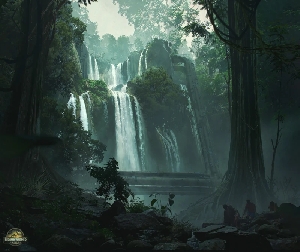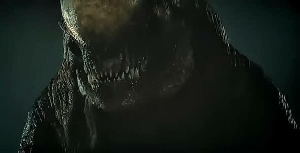C. Iguidensis; A chimera?
Dinosaurs Forum Topic

Carnosaur
MemberCompsognathusJul 9, 20143329 Views10 RepliesWhile doing some research on Carcharodontosaurs, particularly Sauroniops and the scant remains we have of it, i've came across some thought provoking ideas..
Carcharodontosaurus iguidensis is a Carcharodontosaurus?
The series of comparisons necessary to validate Sauroniops provided me interesting ideas for what concerns another carcharodontosaurida; Carcharodontosaurus iguidensis.
Let's start with data: Brusatte and Sereno (2007).
Carcharodontosaurus iguidensis is based on a series of specimens distinct.
A maxillary, which constitutes the holotype: MNN IGU2.
The rear part of a roof comprising cranial part of the neurocranium: MNN IGU3.
A fragment of the tear: MNN IGU4.
A fragment of tooth: MNN IGU5.
Some teeth: MNN IGU6-10.
A center cervical MNN IGU11.
As noted Brusatte and Sereno (2007), these examples do not constitute a single individual as the holotype maxilla MNN IGU2 was discovered separately from the rest of the specimens, which were found in an area of ​​approximately 50 square meters at about 3 km from the maxilla. In addition, the vertebra MNN IGU11 show a lesser degree of ossification of the neurocranium MNN IGU3.
Therefore, it is likely that these specimens are derived from at least 3 individuals at different stages of growth.
Are attributable to the same taxon (ie, the species Carcharodontosaurus iguidensis)?
We start from the vertebra: MNN IGU11 has the morphology of Sigilmassasaurus, taxon that Brusatte and Sereno (2007) considered synonymous with Carcharodontosaurus. I disagree with this interpretation (as I discussed in Cau and Maganuco 2009), and consider Sigilmassasaurus a distinct taxon, a hypothesis which is also used by other authors (Rauhut 2003, Novas et al., 2005). Pending status Sigilmassasaurus is resolved, we exclude for caution MNN IGU11 the material of C. iguidensis.
MNN IGU3, MNN MNN IGU5 and IGU6-10 show synapomorphies of Carcharodontosauridae (sopratemporale long pit less than 1/3 of the front, wide front least 60% of the length, extensive pneumatization of cranium and the occipital area, with dental symphysis dish and a " tion "marked by a projecting ventral teeth enamel with distinct ripples at the level of hulls) and given that were found on a relatively small area, it is plausible that they are part of a single individual.dae.
And the jaw? The holotype MNN IGU2 is actually reminiscientCarcharodontosaurus saharicus, especially in the development of rigosità in the side surface. However, it is interesting to note that it also has the characteristics typically asscoiated with abelisauriids: neurovascular the foramina of the side surface of the maxilla open directly above the alveolar margin, the pit antorbitale is much reduced, and the parapet of the laminae medial paradentali not deepens up to the level of the alveolar margins: these characters are absent in C. saharicus. Possible that MNN IGU2 belongs to a abelisauride? Interestingly, in this regard, note that Brusatte and Clear (2007) describe MNN IGU2 as proporizionalmente shorter and solid compared to the jaw of the neotype of C. saharicus. Another interesting detail is the position of the premaxillary withdrawal (by the authors called "window jaw", but more plausibly homologous to the withdrawal premaxillary) in MNN IGU2 is in the anteroventral margin of the pit antorbitale reduced, as in Rugops and a jaw from the Cenomanian of Patagonia (Lamanna et al. 2002), while in the neotype of C. saharicus the foramen has the position "traditional" of allosauroidi, more backbone. In conclusion, taken singolarmante, a maxillary short and massive, extensively ornamented laterally, with very ventral neurovascular foramina, reduced pit antorbitale with withdrawal premaxillary place anteroventralmente MNN IGU2 as if it were placed in a phylogenetic analysis of basal Theropoda would be a Abelisauridae (probably outside Brachyrostra to the fact of not showing the anterior margin of the maxillary subvertical). However, we can not exclude that it is actually a Carcharodontosauridae, given that some characters listed, as the extreme reduction of the pit antorbitale, are also present in some allosauroidi (for example, Shaochilong).
Therefore assume, provisionally, that all the material attributed to C. iguidensis - with the exception of the vertebra MNN IGU11 - belong to the same species: where would lie phylogenetically? Megamatrice actually puts C. iguidensis in Carcharodontosauridae, but, and it is very interesting, it is not sister-taxon of C. saharicus, but most basal. This is indeed unexpected, given that the autapomorfie of Carcharodontosaurus are included between the characters and should associate the two species. The reason is that MNN IGU3 (the roof and the cranial neurocranium) lacks some synapomorphies shared between Shaochilong, Giganotosaurus and C. saharicus: the pit sopratemporale has a medial spot less laterally in three taxa mentioned and does not have the shelf medial shared by Giganotosaurus and C. saharicus. In addition, the front does not have the marked thickening of the dorsoventral lacrimal facet shared by Giganotosaurus and C. saharicus (and also present in Sauroniops), and foramen of the fifth cranial nerve is placed ventral to the nuchal ridge (as in Acrocanthosaurus) and not posteriorly (as in Shaochilong, Giganotosaurus and C. saharicus). In addition, despite having dimensions comparable to those of other adults of Carcharodontosaurinae, the degree of ossification of the cranial roof is less than in the latter (although this may depend on factors without systematic value).
How to interpret all this data?
Propose two alternative scenarios to the "official"
Scenario extremist: C. iguidensis is a chimera, consisting of a maxillary abelisauride (MNN IGU2) + the remains of a carcharodontosauride baseline (MNN IGU3-10). Since the name is anchored to the jawbone, the name "Carcharodontosaurus iguidensis" would go to the maxillary abelisauro, which, however, can not be called "Carcharodontosaurus", so it should take a new genre name. Since it appears to be an abelisaur, who would it be? Since there is already a Abelisauridae the Cenomanian of Niger, Rugops, based on a skull immature, it may be that MNN IGU2 is an adult Rugops? If this is correct, the material reportedly MNN IGU3-10, it should take a new name. [Note to avoid giving rise to speculation on my post: the differences between MNN IGU3 and the holotype of Sauroniops indicate without doubt that there are two distinct taxa, then exclude that such a name may be Sauroniops].
Conclusion 1: C. iguidensis is synonymous with Rugops primus; new genus and species of Carcharodontosauridae contributed to the remaining material, MNN IGU3-10.
Moderate scenario: The material belongs to a single taxon valid (for now I do not include the vertebra), both the maxillary that the material reported MNN IGU3-10 are of a carcharodontosauride, but this taxon does not appear sister-taxon of Carcharodontosaurus saharicus, but a carcharodontosauride most basal, with intermediate characteristics between Acrocanthosaurus, Shaochilong and
Conclusion 2: It erects a new genus for the species "iguidensis."
How plausible are these scenarios? I do not think they have solved the question in this case, I just give them food for thought, I hope useful to those who wish to restudy the material of C. iguidensis.
Nature doesn't deceive us; it is we who deceive ourselves.
Replies to C. Iguidensis; A chimera?
Hey Guest, want to add your say?
Are you an avid Jurassic World fan looking for a dedicated online community of likeminded fans? Look no further! Create your own profile today and take part in our forums and gain XP points for all the content you post!

